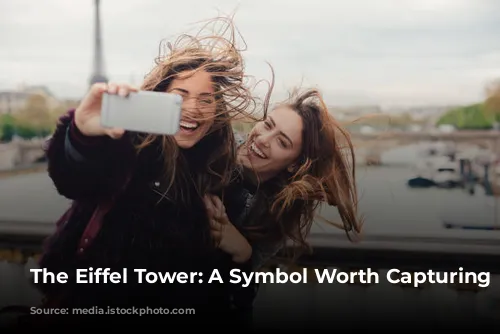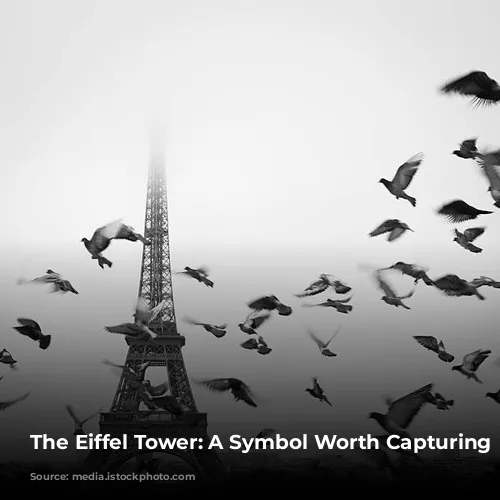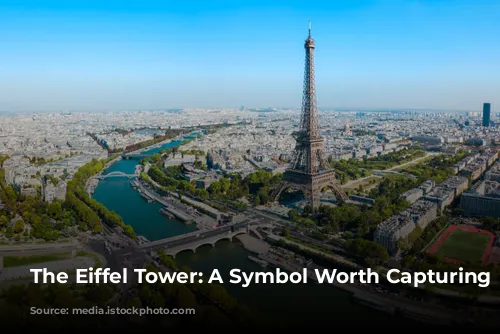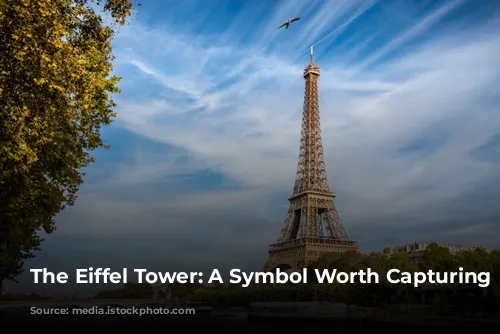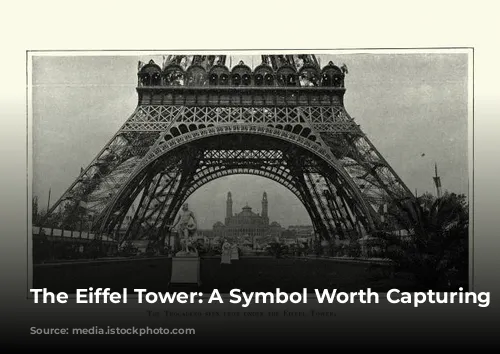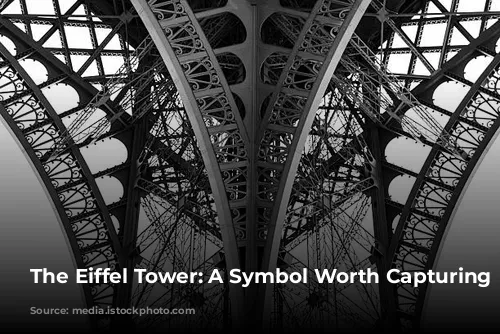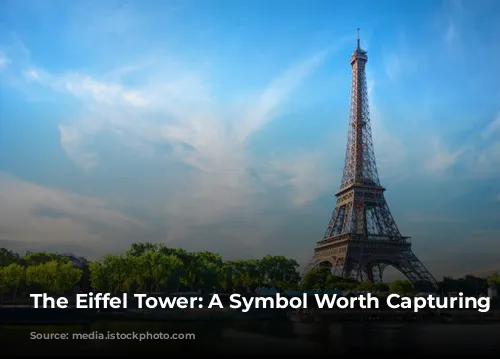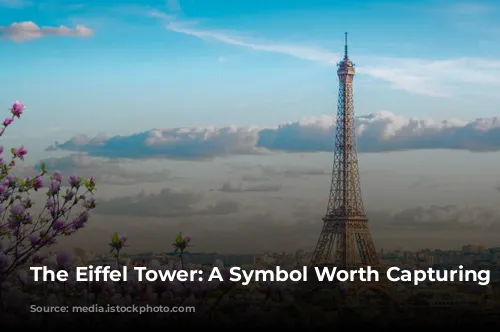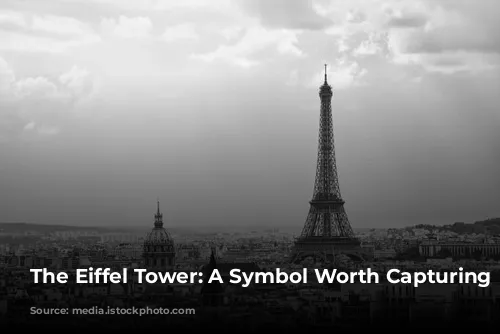The Eiffel Tower, a towering icon of Paris and France, stands as a testament to architectural prowess and artistic inspiration. Its very name conjures up images of romance and grandeur, making it a popular subject for filmmakers, photographers, and artists worldwide.
While its presence is felt globally through countless representations, the Eiffel Tower remains easily accessible, gracing countless everyday objects and serving as a reminder of its enduring allure.
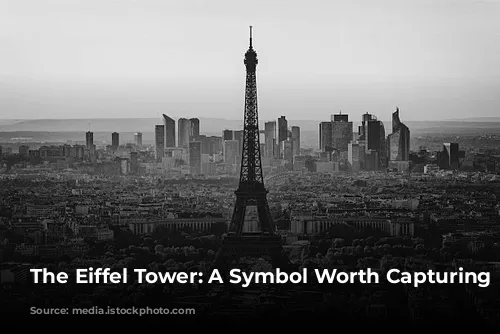
Filming on the Eiffel Tower: A Unique Experience
Capturing the Eiffel Tower on film is an endeavor that requires meticulous planning and careful consideration. The dedicated team at the Eiffel Tower is committed to providing the best possible experience for filmmakers, ensuring that the technical and artistic aspects of each production are seamlessly integrated with the monument’s specifications.
The Eiffel Tower offers various filming locations, including its expansive forecourt, multiple floors, and even areas not typically open to the public. The tower’s unique vantage points provide stunning views of Paris, offering filmmakers the opportunity to capture the city’s beauty from unique angles.
Filming at night requires special attention, as the tower’s illumination is a protected element. This means that filming under the shimmering lights of the Eiffel Tower requires prior authorization and payment of rights.
For those interested in documenting the Eiffel Tower itself or current events related to it, the filming process is carefully managed to ensure minimal disruption to visitors and the monument’s operation.
- Filming is allowed during the day and at night, often taking place outside public areas to avoid interfering with the tower’s routine operations.
- A dedicated service lift facilitates access to the second floor, offering a convenient and secure transport method for equipment and personnel.
- Safety and technical considerations are paramount, and a preparation stage is crucial to address electrical requirements, production control, and access for teams and equipment.
- The possibility of extending illumination time is also considered on a case-by-case basis, allowing filmmakers to capture the tower’s splendor under its mesmerizing lights.
- Vehicle parking for unloading is permitted on Avenue Gustave Eiffel, but vehicles must be promptly relocated afterward.
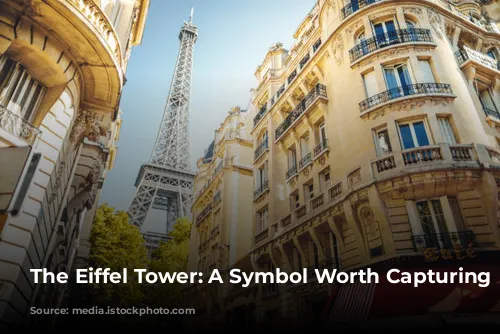
Navigating the Image Rights of the Eiffel Tower
The Eiffel Tower is a public symbol, and its image during the day is considered part of the public domain. This means that its use is free of rights and can be reproduced without prior authorization from the SETE (Société d’Exploitation de la Tour Eiffel), the company managing the Eiffel Tower’s image on behalf of the City of Paris.
However, the Eiffel Tower’s illumination at night is a protected element. Using the tower’s image at night requires prior authorization from the SETE and payment of rights, the amount determined by the intended use, media plan, and other relevant factors.
Private individuals capturing the Eiffel Tower for personal use do not require prior agreement. However, professional photographers and filmmakers must contact the SETE team to understand the specific conditions of use.

Understanding the Eiffel Tower Trademark
The “Eiffel Tower” is a registered trademark, indicating that it is protected by trademark rights. Using the trademark requires a licensing agreement negotiated on a case-by-case basis.
For any questions regarding the use of the Eiffel Tower brand, the SETE team is available to provide guidance and answer any inquiries related to its usage and associated guidelines.
